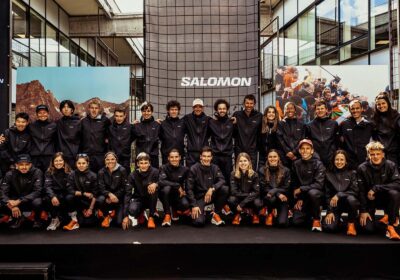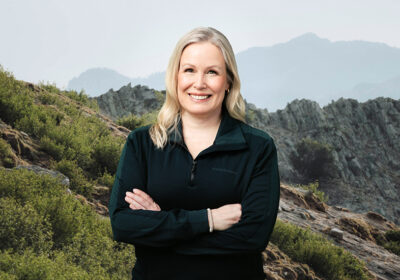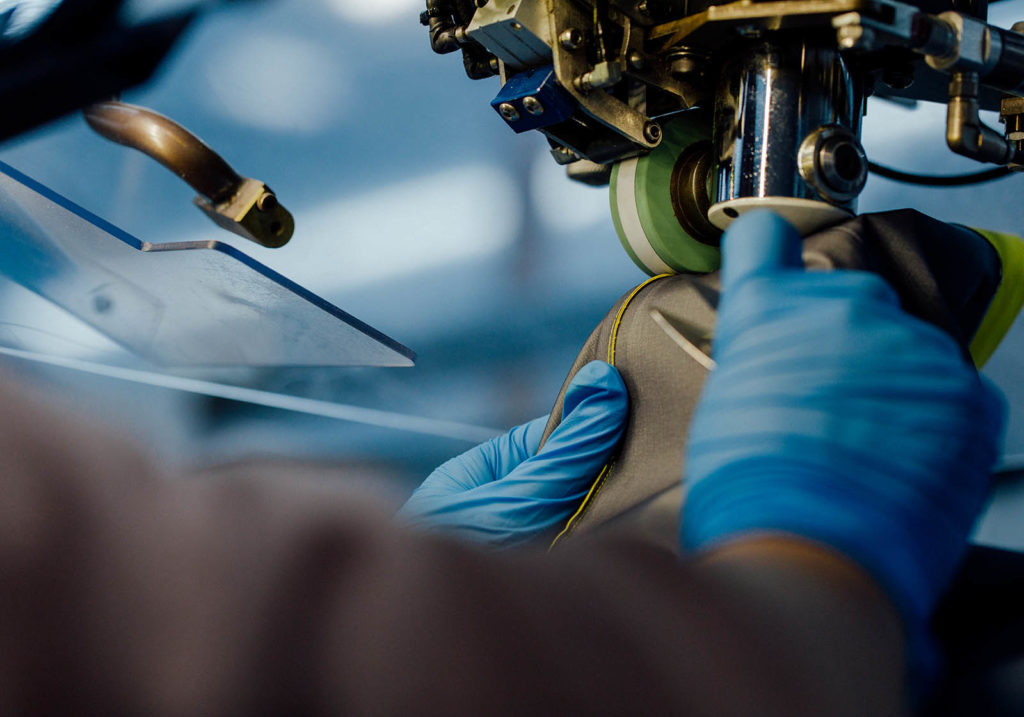
On the back of their latest ReBIRD™ Service Center opening in Vancouver, Canada, Arc’teryx wants to drive truly circular consumption and production.
Circularity is at the heart of Arc’teryx’s sustainability ambition. For the Arc’teryx team, this means changing the way we all consume, and cherishing what we have, rather than always buying more.
This is the driving sentiment behind ReBIRD™, Arc’teryx’s platform for circularity, which covers three pillars:
- ReCARE, care and repair at dedicated Service Centers,
- ReGEAR, a reselling e-commerce platform, and
- ReCUT, an initiative for upcycling end-of-life of excess materials.
All these services are free of charge, and customers are also offered 20% of the garment’s original value when they trade in old Arc’teryx gear.
Born out of passion and a quest for longevity
“ReBIRD™ is something that well and truly came from within our organization, as everyone at Arc’teryx is so passionate about putting sustainability at the forefront,” explains Dominique Showers, Vice President of ReBIRD™ at Arc’teryx.
“We’ve had patchwork services like these for years, but we realized that now is the time to bring them together for our community, and truly begin to operate for circularity.”
Arc’teryx’s ReCARE services are the lynchpin of all of this. Now operational at ReBIRD™ Service Centers in New York, Vancouver, Toronto, Beijing, Tokyo, and Boulder, Colorado, these are the community hubs where customers can come in to have their beloved items repaired and receive tips on how to take care of their garments so that they stand the test of time, for adventure after adventure.
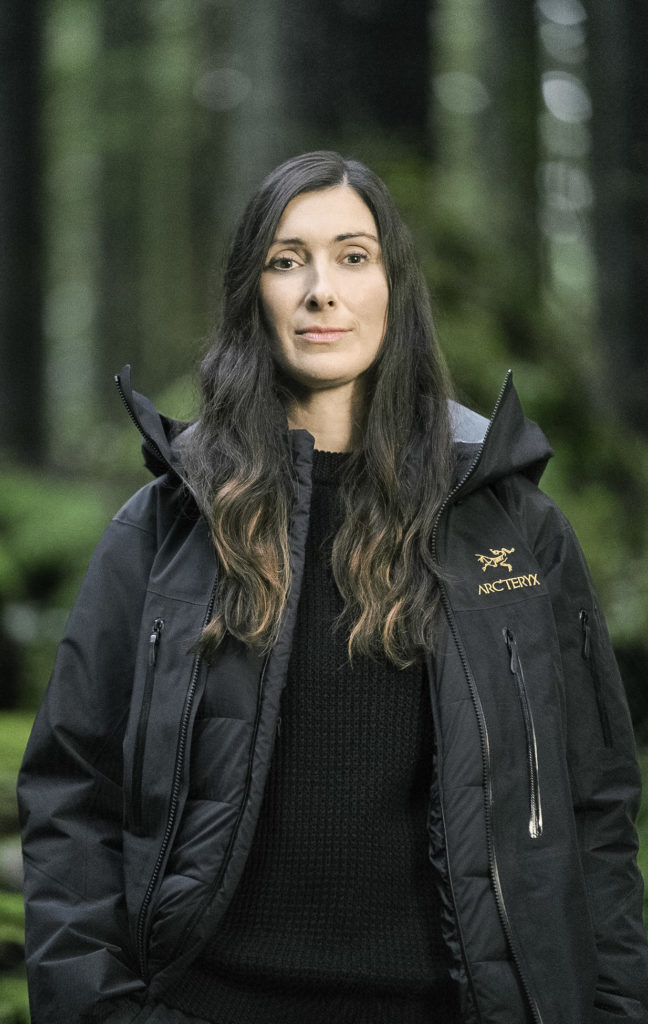
“Durability is the goal here. By repairing old garments and using more sustainable parts, you can potentially extend the life of your product years. Why wouldn’t you want that?” asks Dominique.
Shifting mindsets to revive a culture of care
Crucially, Dominique doesn’t want ReBIRD™ to be seen as just a repair shop. Rather, she wants to give people the tools and the knowledge to extend the life of their Arc’teryx items. This is why education is a key priority, for the benefit of everyone who visits a ReBIRD™ Service Center.
“Shifting mindsets is the only way we will be able to transition to a sustainable, circular world,” says Dominique.
“We currently live in a hoarding, throwaway culture, where trillions of dollars of unused clothes sit in closets around the world, and storage units now outnumber McDonald’s outlets in the US. We have too much stuff.”
“While people often say, ‘They don’t make things like they used to’, it’s important to remember that we don’t take care of things like we used to. If something is scuffed or worn out, we throw it away and buy a new one.”
With ReBIRD™, Arc’teryx is hoping to bring back that lost “culture of care” for our clothes.
“Instead of shaming people for not taking better care of their gear, we say, ’We’re thrilled to show you how you can care for this garment so that it will stay with you for countless adventures.’.”
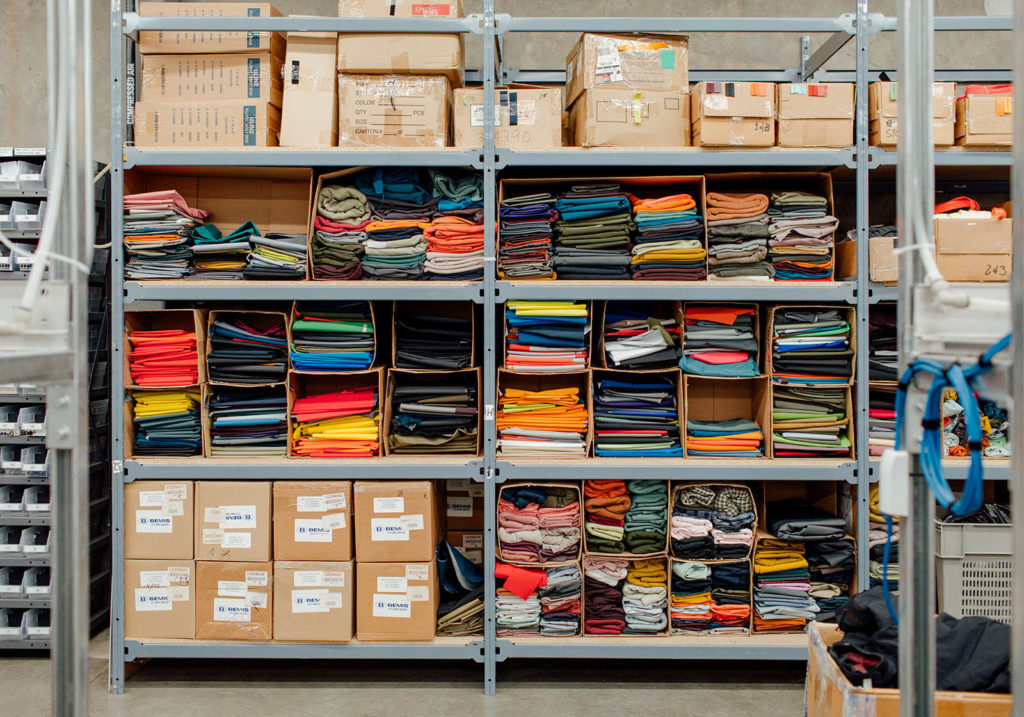
Circularity is good business
But it’s not only about values – the results speak for themselves. Through ReBIRD™, Arc’teryx managed to save more than 30,000kg of carbon last year, and diverted an additional 6,000kg of carbon.
Circularity is also proving good for business. ReBIRD™ has doubled its own business year-on-year, with centers so popular that they are currently having to limit the number of guests who can visit. Arc’teryx also says they’re bringing in new customers because of this initiative, with younger users in the 18–35 age range and women coming to the centers in record numbers.
With ReBIRD™, the mission is to help “unshackle” society from a linear economy and move it towards a more circular one.
“We don’t want to keep encouraging people to buy more stuff. Our planet cannot withstand this model of business anymore. You only need one great jacket that you can take on all of life’s adventures – not a full closet,” says Dominique.
History informs the way forward
Key to all these efforts is empowering customers to act as “custodians”, encouraging them to return old, unused garments so that ReBIRD™ experts can fix them up and get them back into the field for someone else to love.
Arc’teryx is also looking back into its own past. The team recently created an archivist role, where a lifer at the company is currently going through the brand’s classic, iconic products to see what we can learn from them to create more durable and sustainable garments in the future.
“With our deep reserves of knowledge and our desire to help people recapture that culture of caring, we hope to set off the mindset shift that is needed to transition us to a circular world.”
Watch this video to see how our experts at Arc’teryx take back used gear, recondition and repair it using Arc’teryx excess raw material, and release it back into the market at a reduced cost:

